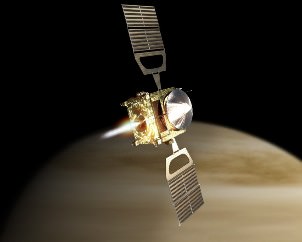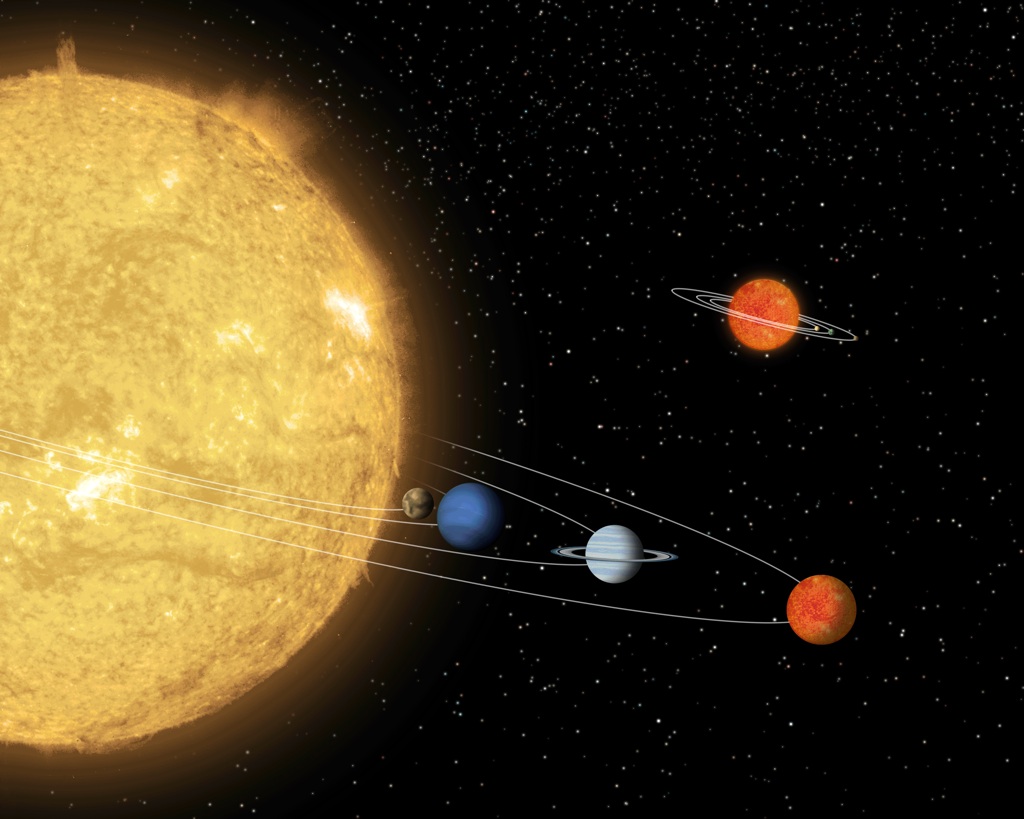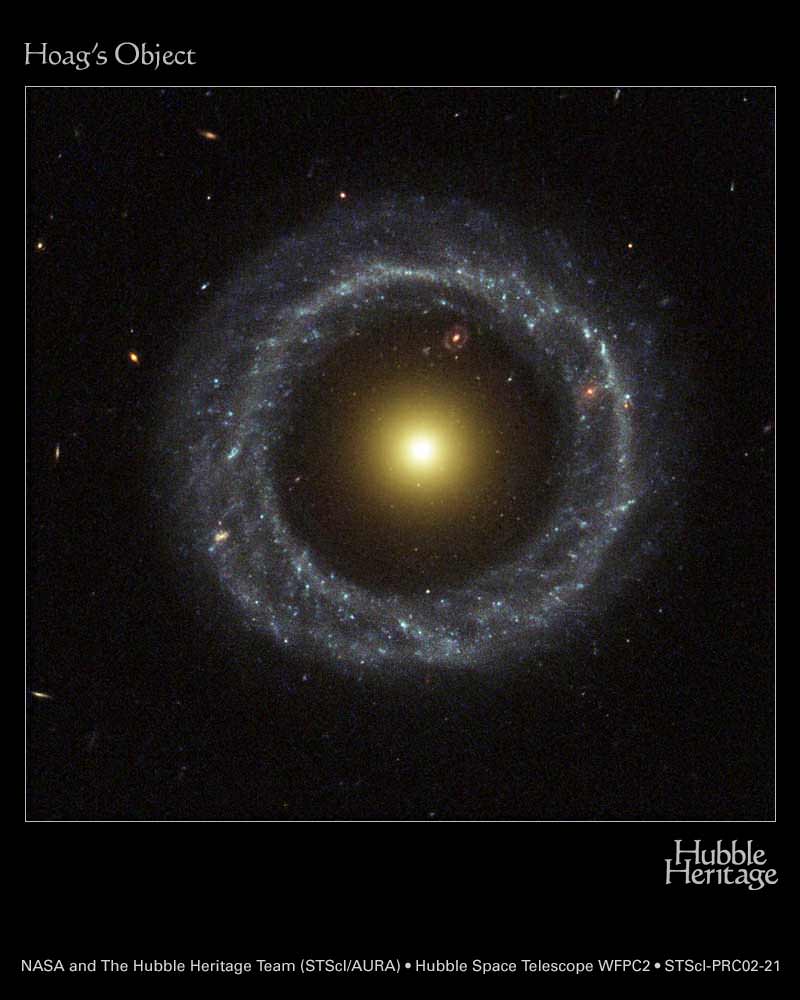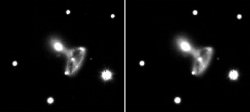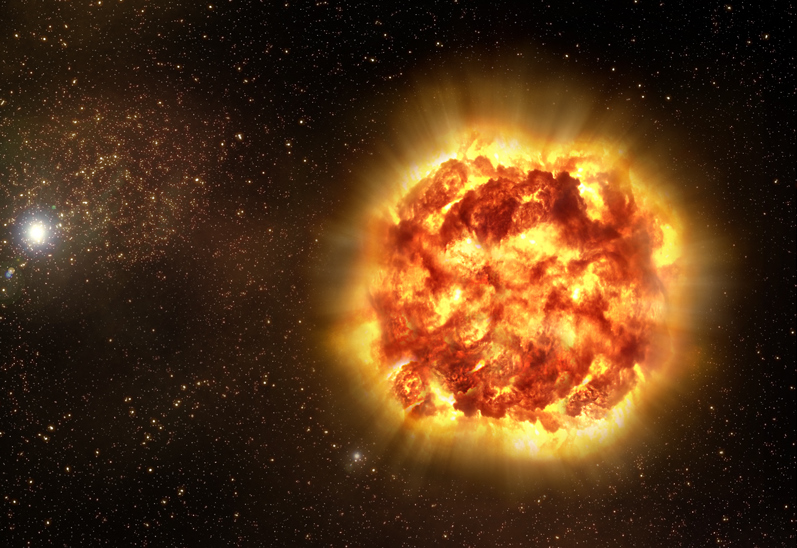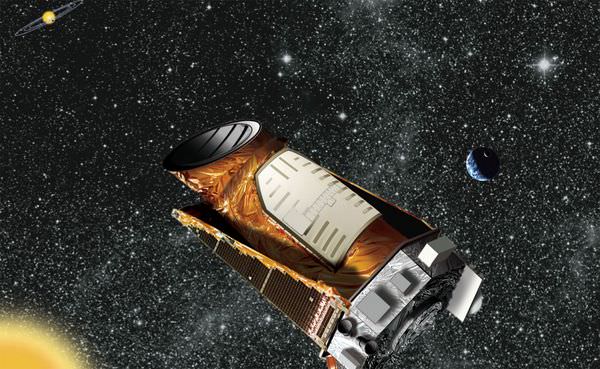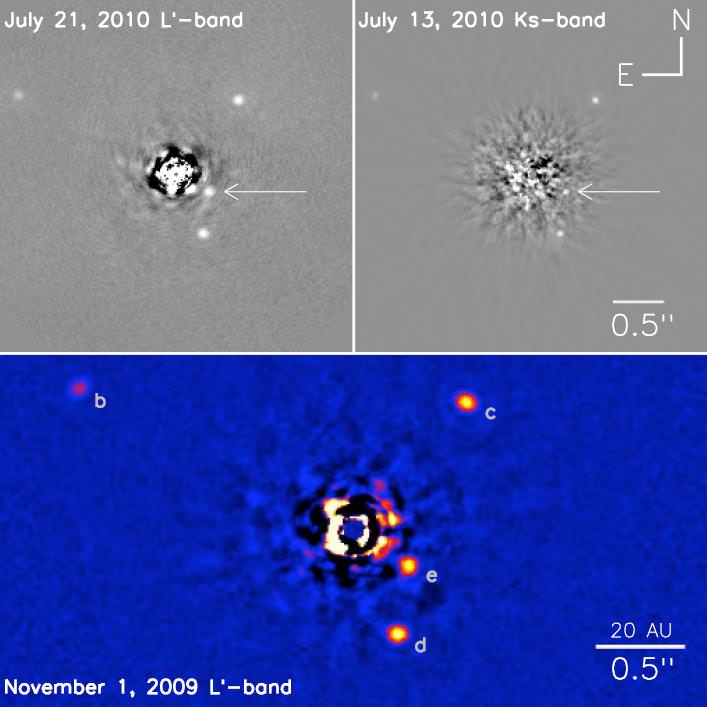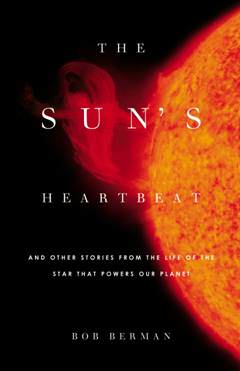[/caption]
It has been known for several years that stars hosting planets are generally more rich in elements heavier than hydrogen and helium, known in astronomy as “metals”. These heavy elements help to form the cores of the forming planets and accelerate the formation process. However, a new study has helped to suggest that the opposite may also be true: Planets may make their host stars less metal rich than they should otherwise be.
The new research is led by Ivan Ramirez at the Carnegie Institution for Science. In it, the team analyzed the unusual exo-planetary system 16Cygni. The star system itself is a triple star system composed of two stars similar to the sun (A and B) as well as a red dwarf (C). The solar A star and the red dwarf form a tight binary system with the sun-like B star in a wider orbit of nearly 900 AU. 16CygniB was discovered to be host to a Jovian planet in 1996 making it one of the first systems known to contain an extrasolar planet.
The study analyzed the spectra of the two solar type stars and found that the one around which the planet orbits was notably lower in metals than the one in the binary orbit with the red dwarf. Because both stars should have formed from the same molecular cloud astronomers assume their initial compositions should be identical. Since both are similar masses, they should also have evolved similarly in their main-sequence life which should rule out divergence in their chemical fingerprints.
Similar properties have been noted in a 2009 paper by astronomers at the university of Porto in Portugal. In that study, the team compared our own Sun to other stars of similar composition and age. They discovered that the Sun had an odd feature: It was notably depleted in elements known as refractory metals when compared to volatile elements with low melting and boiling temperatures. The team suggested that those missing elements may have been stolen by forming planets. The newer study makes the same proposition.
Both teams note that the effect is not conclusive. They consider that 16CygA may have been polluted by heavy elements, possibly by the accretion of a planet or similar material. However, they note that if this was the case, they should also expect to see an additional amount of lithium. Yet the lithium abundance for the two stars match. The 2009 paper considers similar cases. They consider that the solar nebula may have been seeded by a nearby supernova that would enhance the abundances, but the enhanced elements do not seem to match the expected productions for any type of supernova. Still, with such a small number of systems for which this effect has been discovered, such cases of special pleading are still within the realm of statistical possibility. Future work will undoubtedly search for similar effects in other planetary systems. If confirmed, such elemental oddities could be considered as a sign of planetary formation.


